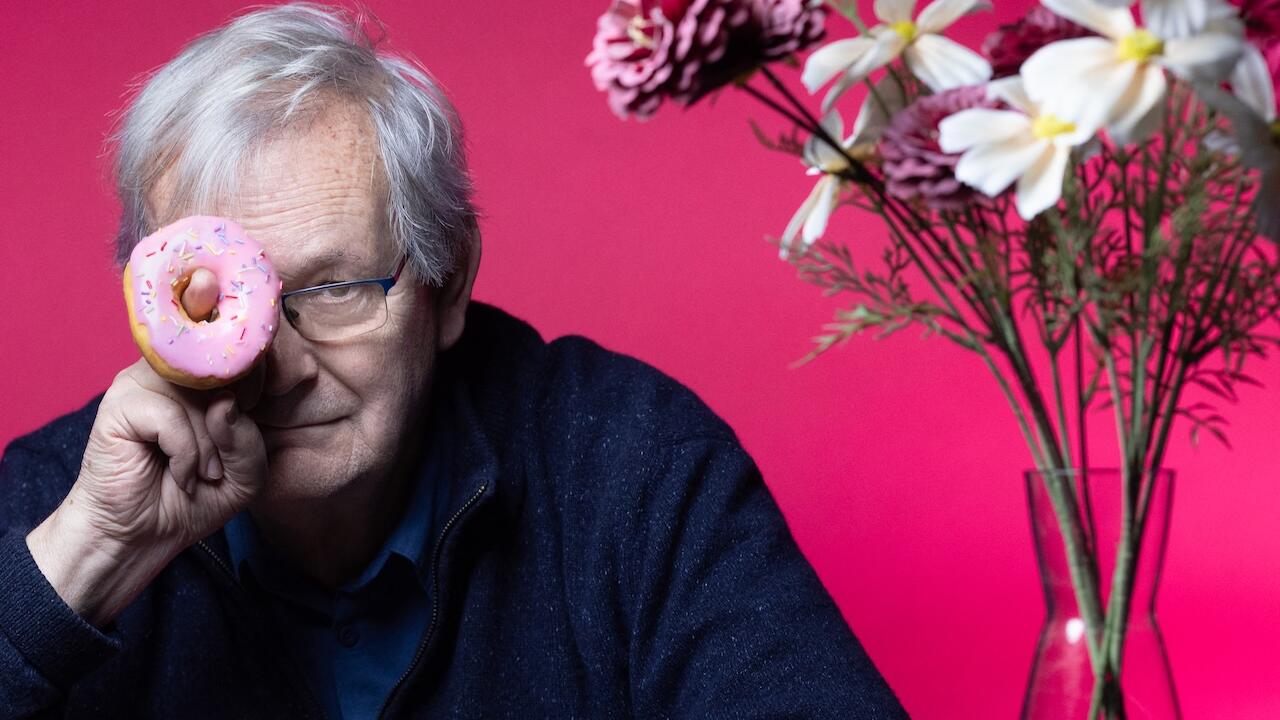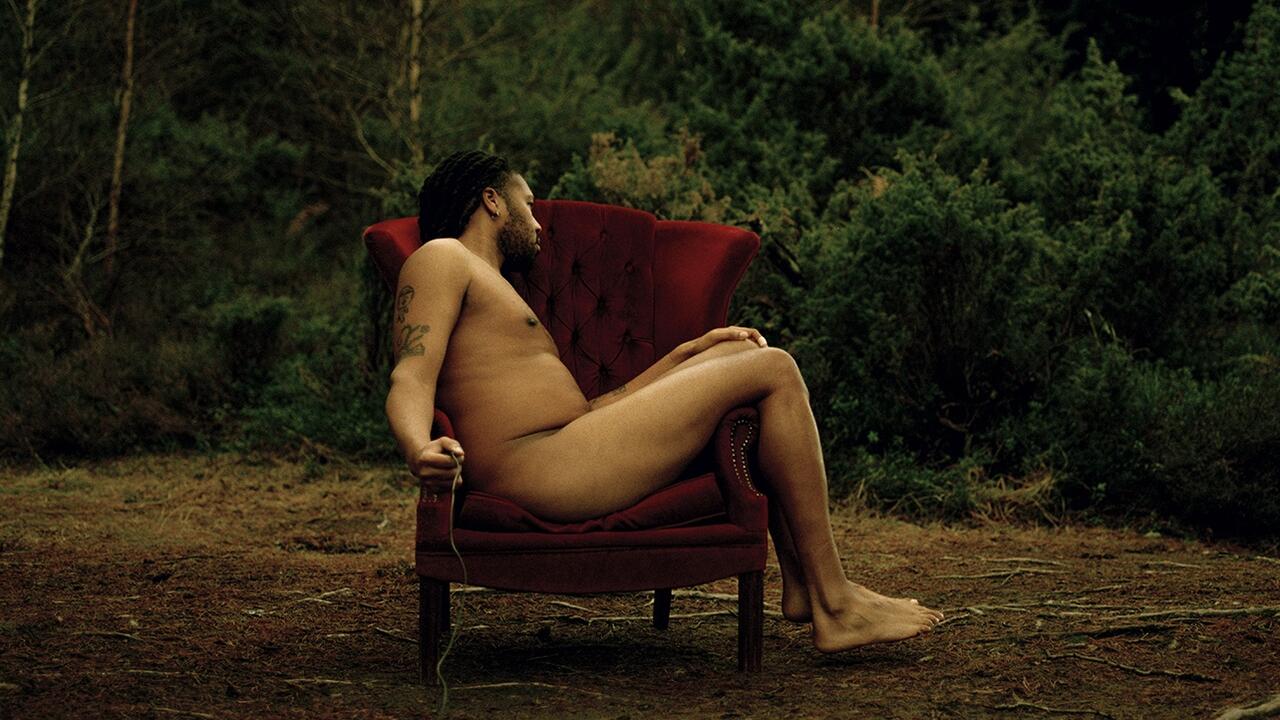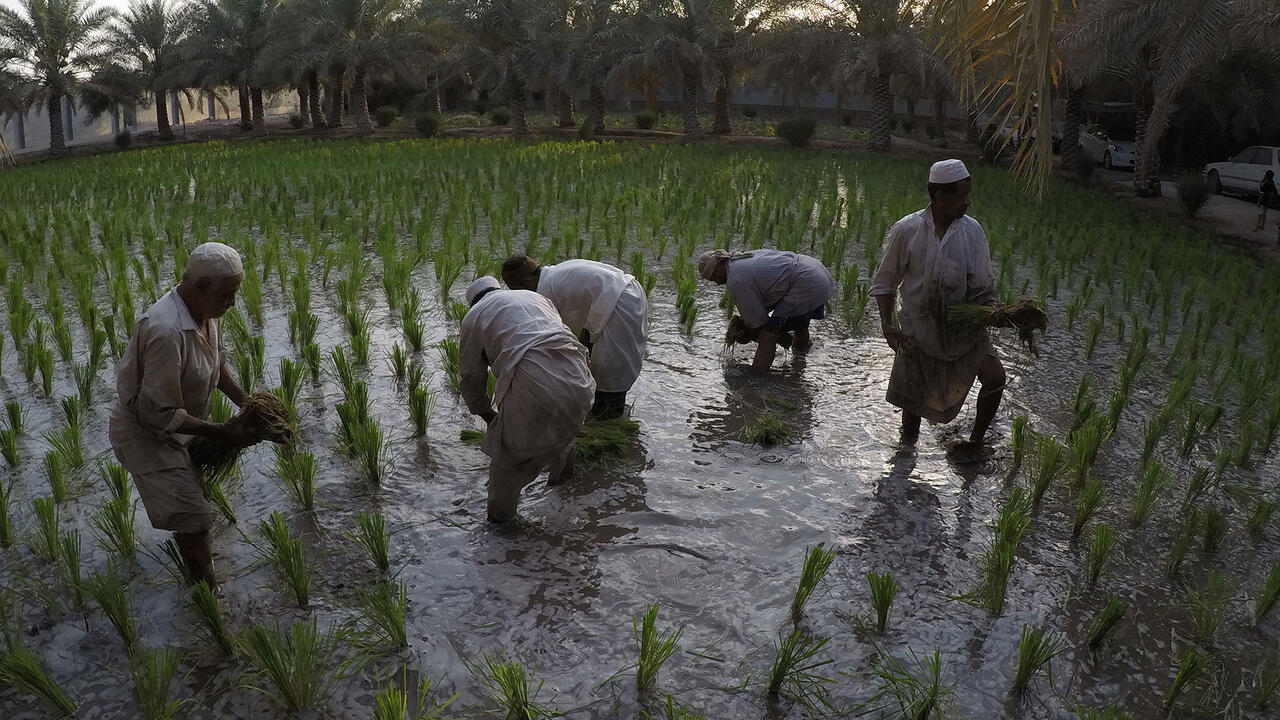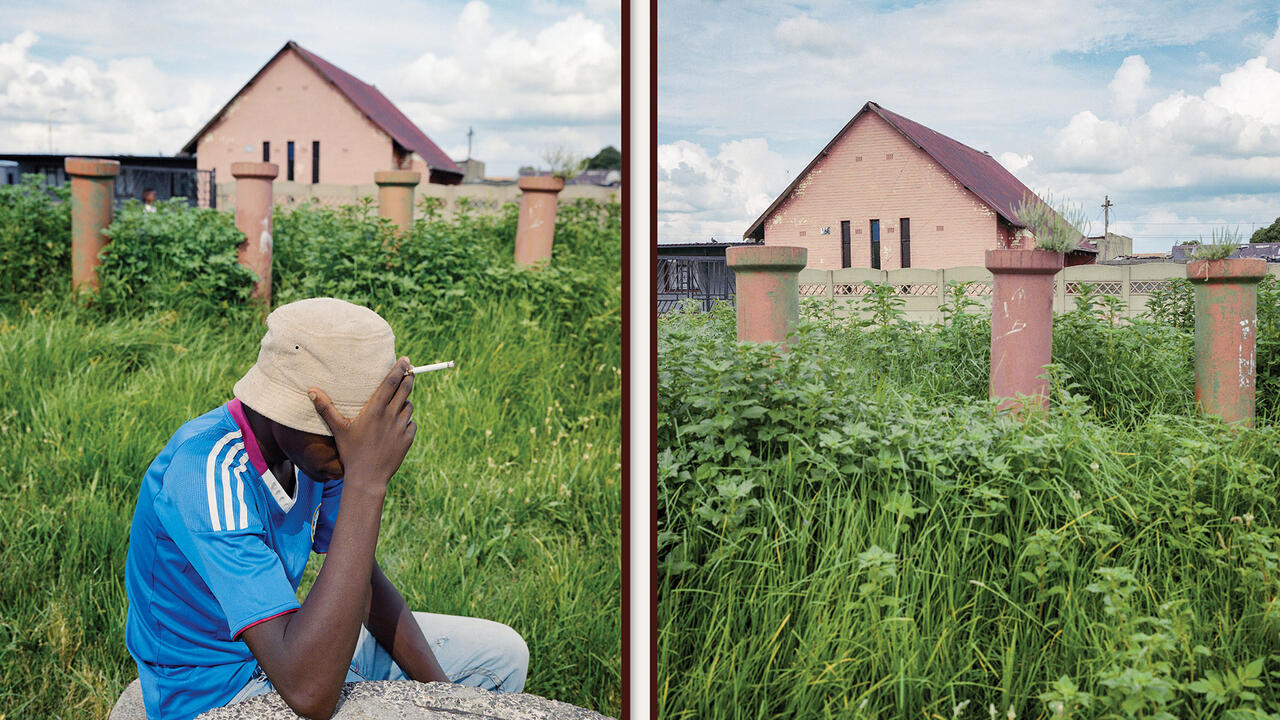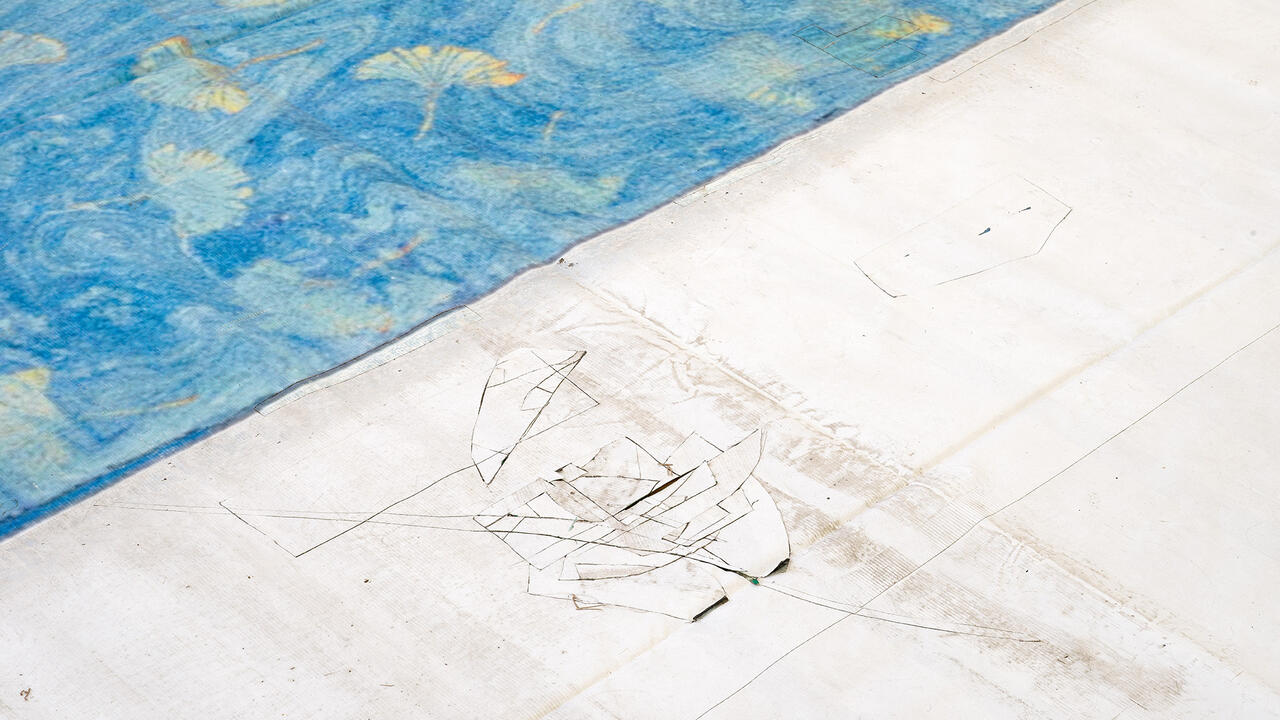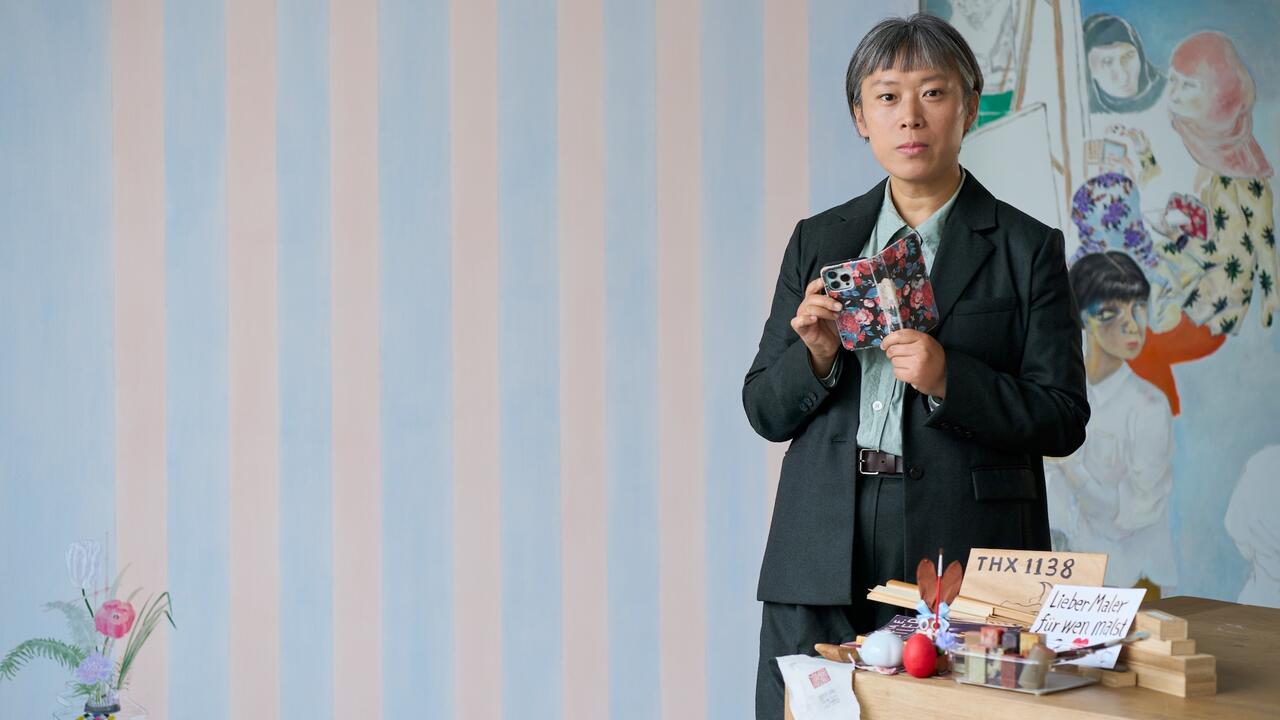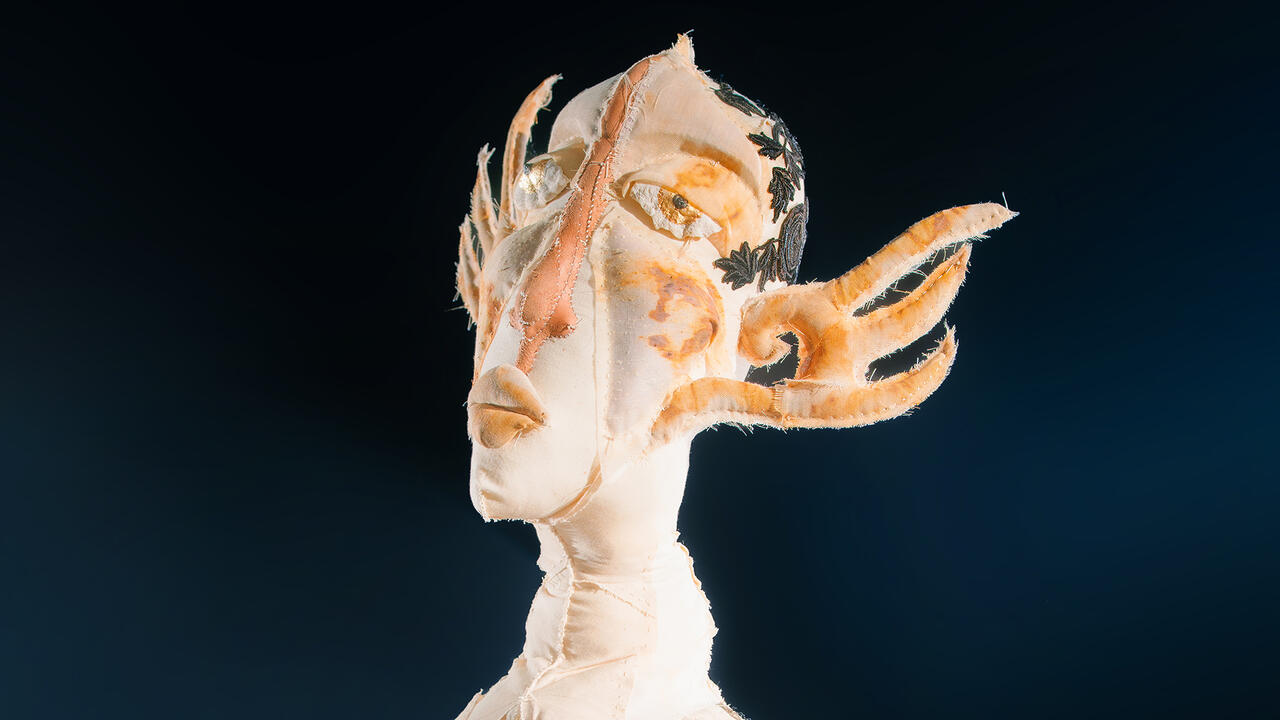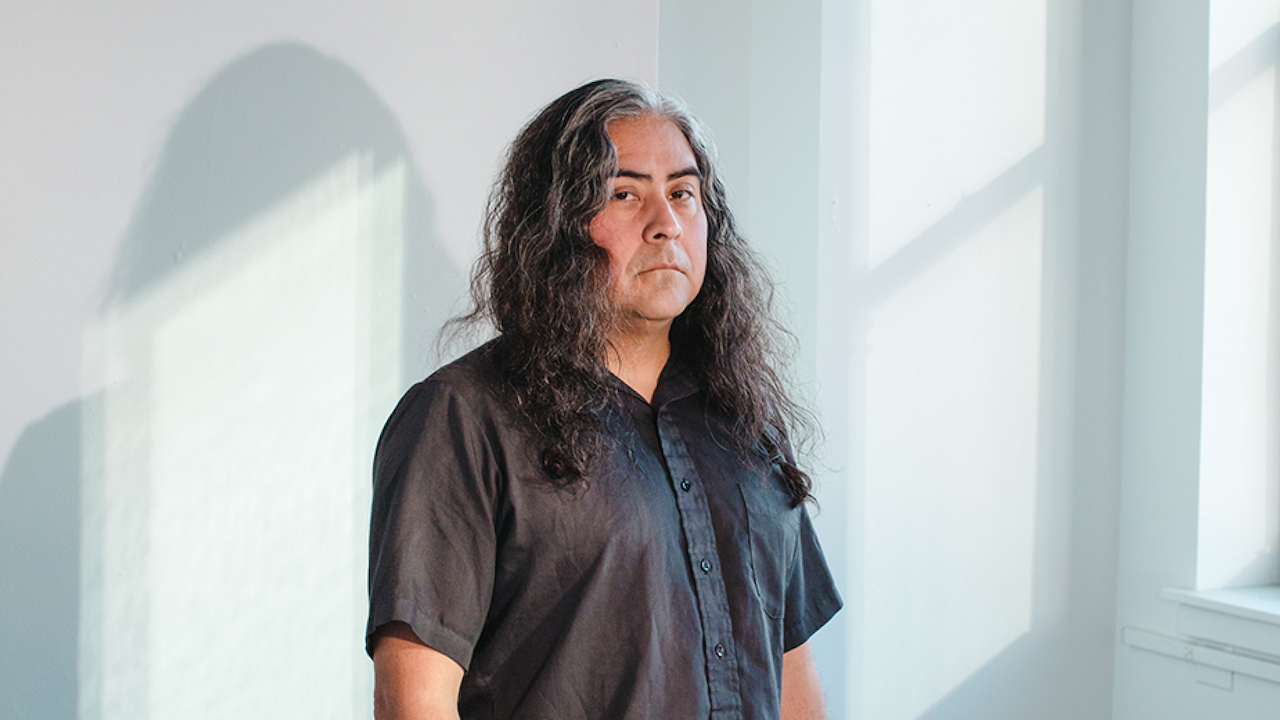Akram Zaatari: Reframing the Public Perception of Muslim Identities
At Nottingham’s New Art Exchange, the Lebanese artist uses YouTube to reclaim strategies of media presentation
At Nottingham’s New Art Exchange, the Lebanese artist uses YouTube to reclaim strategies of media presentation

YouTube, for Akram Zaatari, is a garden which he regularly visits and observes. Scrolling through pages of the video website as if strolling through the grounds, he scans then picks the most compelling clips, later arranging them for study or display. The works featured in the renowned Lebanese artist, photographer and archivist’s latest exhibition, ‘The Script’, is the result of years of sifting through publicly-shared content generated by people from the Arab world, most of which contains activities that have proliferated via copycat re-enactment resulting in ad hoc sub-genres that reveal perhaps previously undocumented facets of the communities that sustain them.

Bringing together found footage and photographic archives ‘The Script’ collates new and existing work that feed Zaatari’s long interest in the presentation and performance of identities. A newly-produced film of the same name is the main draw of the show and its origins began with Zaatari typing ‘fathers and sons’ into the YouTube search bar in Arabic. The equivocal phrase, which brings up different search results to the same phrase in English, leads him to a category of clips of Muslim fathers and their young sons partaking in Salah, the prayers customarily performed five times a day. Informed by the content of the online videos, the plotline to The Script (2018) goes as follows: in an intimate choreography between parent, young child and prayer, the father devotes his attention and body to prayer while the young child devotes his attention and body to the praying father.
Situated in an apartment with toys and a prayer mat in view, the father partakes in the religious ritual while his two young sons play around him; at one point, one of the sons climbs onto his back – cleverly taking advantage of his temporary power, knowing his father is unable to react. A sense of mutual affection and warmth is visibly present. The film concludes with the same set-up but in a new location, the Ishbilia Theatre in Saida, Lebanon. The scene plays out to an empty auditorium and the sound of laugher from the young boys soon echoes throughout the dark space. In some ways, the film illustrates the everydayness of Muslim households, but equally it explores the ways in which the role of devotee and parent manoeuvre in order to coexist. The film is scripted and uses actors but its portrayal of faith is from a vantage point that is unfeigned. Its power lies in its resistance to comply with the version of Muslim men the Western media has fashioned.

How do people choose to self-document, and why? Dance to the End of Love (2011) is an earlier work of Zaatari showing a montage of YouTube clips created and uploaded by young men from Libya, Yemen, Palestine, Egypt, Saudi Arabia and the UAE. Projected as a four-channel stream onto four corners of a gallery room, the footage depicts men with ‘super powers’ using fireballs and lightning effects against their opponent. The footage also shows body builders flexing their muscles, and men performing stunts in cars. Here, there’s both an interest in the real footage and its doctoring; the uploaded and the uploader. The clips show how the performance of masculinity is often just a parade of real or imagined strength – and that this posturing looks remarkably similar to that of real political actors in today’s global news media. The motivation behind the posting of these videos online, where anyone can access them and circulate them, suggests a desire to be visible to the wider world, but most importantly, to have authority over how one comes to be seen.
Zaatari, who was born in 1966 in Sidon, Lebanon, 27 miles south of Beirut, has dedicated much of his interdisciplinary practice to zooming in on modern Arab societies and anatomizing their cultural production. He co-founded the Arab Image Foundation (AIF) 20 years ago in 1997 which is now Beirut’s leading institution dedicated to the study and preservation of photography in the Middle East, North Africa and the Arab diaspora. AIF was founded to recontextualize the images and identifies that had been largely defined through a colonial lens of war and conflict. Through their non-traditional approach to image assemblage which rejects the protocols of museum archival practices and adopts the freedoms and creative licenses associated with art making, the photographs become more than historicized documents preserved for reference, but materials to re-author current public images and to reframe future narratives.

‘The Script’ also uncovers some of Zaatari’s explorations into the studio produced portrait work of late Lebanese portrait photographer Hashem El Madani, who took more than 75,000 profoundly personal and distinct shots of Saida inhabitants over the space of 50 years. A room in the gallery is lined with black and white photographs that are displayed on the walls using image transfer techniques. The relationship between studio photographer and subject contains an inherent imbalance of power because the roles are dependent on economical access to technology. In this way, the studio shots differ from the pixelated, poor sound quality self-administered videos in Dance to the End of Love which care less for resolution and more for occupancy. Considering the world generates 2.5 quintillion bytes of data daily, in which time 40,000 hours of video is uploaded to YouTube, the distance between audience and producer is constantly narrowing and overlapping. Our desire to consume the tremulous, unedited and unscripted video is a visceral one because we are all, also, chefs of the same.

Anyone who spends enough time online will quickly realize that the internet is a noisy echo chamber, incessantly referencing, appropriating and replying to itself. Zaatari’s work, both past and present, is indispensable because it recognizes that ones public and personal image gains value depending on its proximity to other images. To a community that is perhaps one of the most othered and misrendered of modern times, it's a fact of some importance.
Main image: Akram Zaatari, ‘The Script’, 2018, installation view, New Art Exchange, Nottingham. Courtesy: the artist; photograph: Reece Straw








